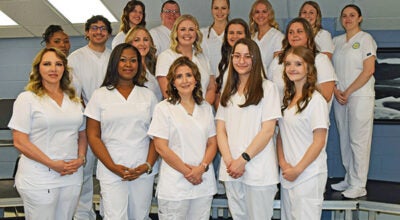Niles Community Schools announces increased SAT results in 2017
Published 9:02 am Friday, September 8, 2017
Niles Community Schools recently announced the results of its spring 2017 SAT and M-STEP tests.
Among the highlights, SAT scores increased by 42 points across the district from 2016 to 2017. At the same time, the district increased the percentage of students taking the SAT who met the college and career readiness benchmarks in reading and math.
“We are pleased to see improvement in student SAT scores at Niles Community Schools,” said Dan Applegate, superintendent. “As we set out to drive those outcomes even higher in the years to come, we will seek to improve on student attendance and will increase students’ opportunities to take college-level courses, preparing them for success upon graduation.”
The districtwide average on the SAT was 982 in 2017, compared to 949 in 2016, closing the gap between NCS performance and the state average. Preliminary analysis shows students who remained in Niles throughout their high school career scored nearly 20 points higher on the overall SAT. The district anticipates building on districtwide gains through the curricular, instructional and personnel decisions currently in progress.
In completing the M-STEP in 2015, districts across the state used variable formats to test students. In 2016, the online testing environment was new. As a result of the inconsistency in testing methods, previous test results provided varied data and information.
“In our third year of the M-STEP, I believe we can safely say the information we are receiving now is true baseline data,” Applegate said. “We look forward to using all available data moving forward to elevate our practices and reach our number one goal — strengthening student achievement.”
In English language arts, five of the six grade levels assessed were equal to the county and or state average. Math achievement scores were equal to the county and or state average in three of the six grade levels tested with relative strengths in third-grade, fourth-grade and sixth-grade.
“Comparing data from year to year may lead to a false conclusion at this point,” said Donna Roark, assistant superintendent of curriculum and academics. “However, reviewing our performance side-by-side with that of the state does have some relevancy. We know there is still work to be done, and we will continue to utilize the data available to us to drive school improvement efforts moving forward.”






